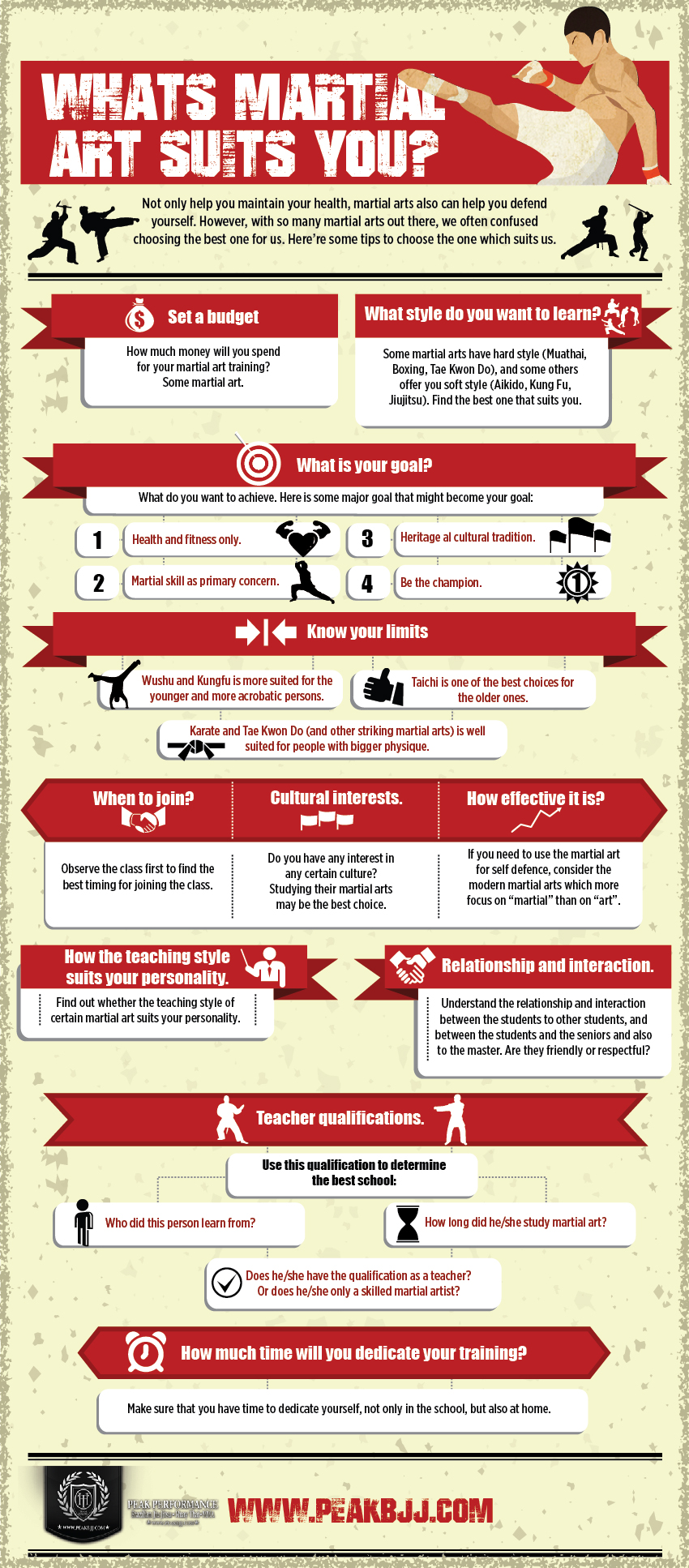The Worldwide Journey And Development Of Martial Arts Throughout History
The Worldwide Journey And Development Of Martial Arts Throughout History
Blog Article
Web Content By-Stevenson TRUE
Martial arts have a fascinating history that covers centuries and continents. You could find it interesting exactly how old practices like Shuai Jiao and Kalaripayattu laid the groundwork for modern combat strategies. These techniques not only highlight physical skills but likewise mirror the societies that birthed them. As you discover their evolution, think about just how globalization has actually changed these standard kinds right into hybrid styles. What impacts do you think have shaped today's martial arts landscape?
Ancient Martial arts: The Foundations of Combat
As you look into the globe of old martial arts, you'll find the abundant structures that formed combat techniques across societies. Early practices focused on Self-Defense and survival, usually including strikes, grappling, and weapons.
In old China, as an example, methods like Shuai Jiao stressed throws and joint locks, while India's Kalaripayattu showcased dexterity and fluid movement. Japanese samurai created Kenjutsu, a refined swordsmanship that highlighted technique and method.
These martial arts offered not just for battle but also as a means of individual development, instilling worths like regard and determination. please click the following article blending of these techniques over time laid the groundwork for the diverse martial arts you see today, each mirroring the unique ideologies and demands of its culture.
The Social Influence on Martial Arts Development
While martial arts often show the useful demands of a culture, they also personify the social worths and ideas of their beginnings. When you discover different martial arts, you'll see just how they're affected by religious beliefs, ideology, and social standards.
For example, the emphasis on regard and self-control in Japanese martial arts stems from Zen Buddhism and samurai society. On the other hand, Brazilian Jiu-Jitsu advertises adaptability and strategy, shaped by the requirement for effectiveness in a diverse, multicultural atmosphere.
You could locate that the routines, attires, and training approaches show an area's history and identification. By comprehending these cultural influences, you strengthen your recognition of martial arts and their duty in shaping human experiences across the globe.
Modern Adaptations and the Globalization of Martial arts
Martial arts have changed considerably in current years, adjusting to modern society and international impacts. You'll see that traditional forms have combined with modern-day strategies, producing hybrid styles like mixed martial arts. when should kids learn martial arts accommodate varied target markets, making martial arts accessible and enticing worldwide.
With the increase of social media sites and electronic platforms, you can find tutorials and competitions from all edges of the world, damaging geographical barriers. This globalization has brought about a common recognition for different disciplines, from Brazilian Jiu-Jitsu to Taekwondo.
As you engage with these arts, you'll understand they're not nearly combat; they advertise physical fitness, technique, and psychological wellness.
Ultimately, contemporary adaptations have enhanced the martial arts landscape, making it a dynamic and developing practice.
Conclusion
In exploring the history and development of martial arts, you reveal a fascinating blend of techniques, societies, and philosophies. From ancient disciplines like Shuai Jiao and Kalaripayattu to the modern versatility seen in MMA, martial arts mirror mankind's quest for Self-Defense and individual growth. As which martial art for me involve with these techniques, you not just obtain skills yet also a much deeper admiration for the varied traditions that shape our world today. So, continue your journey and welcome the art of fight!
